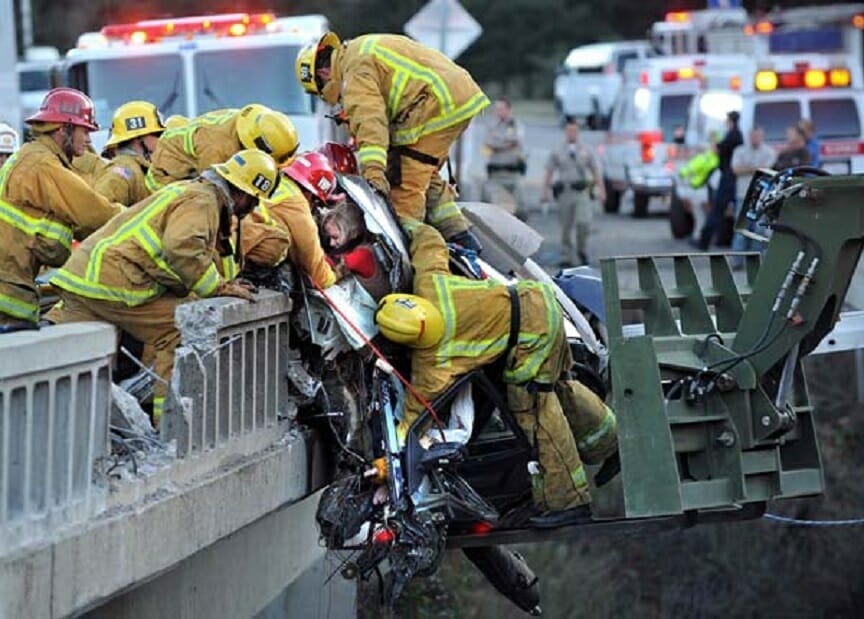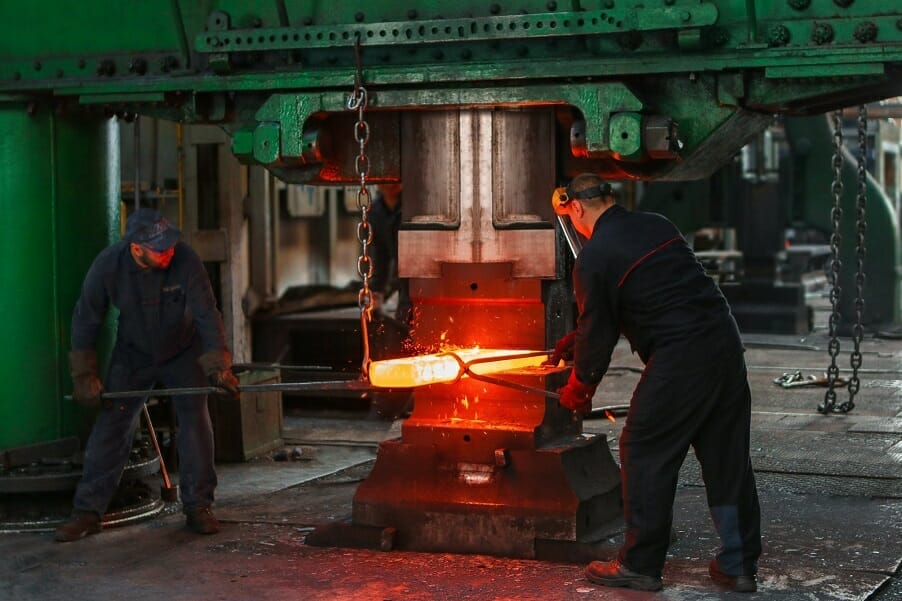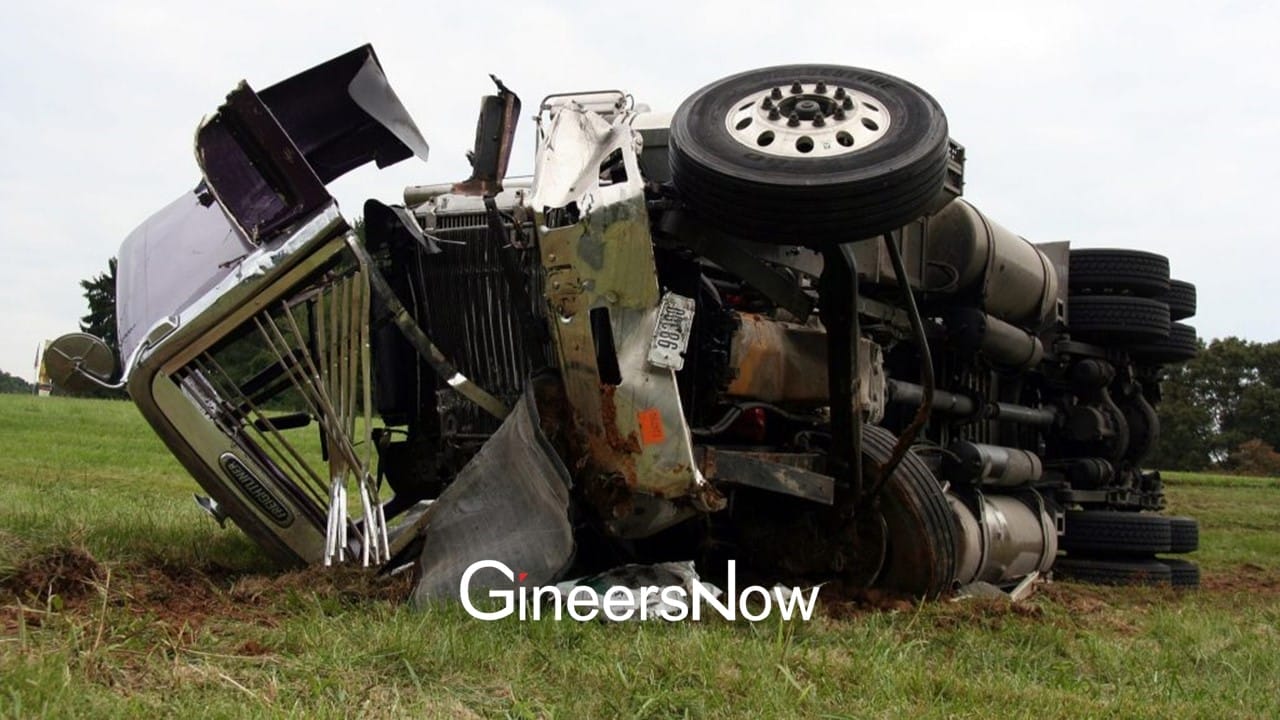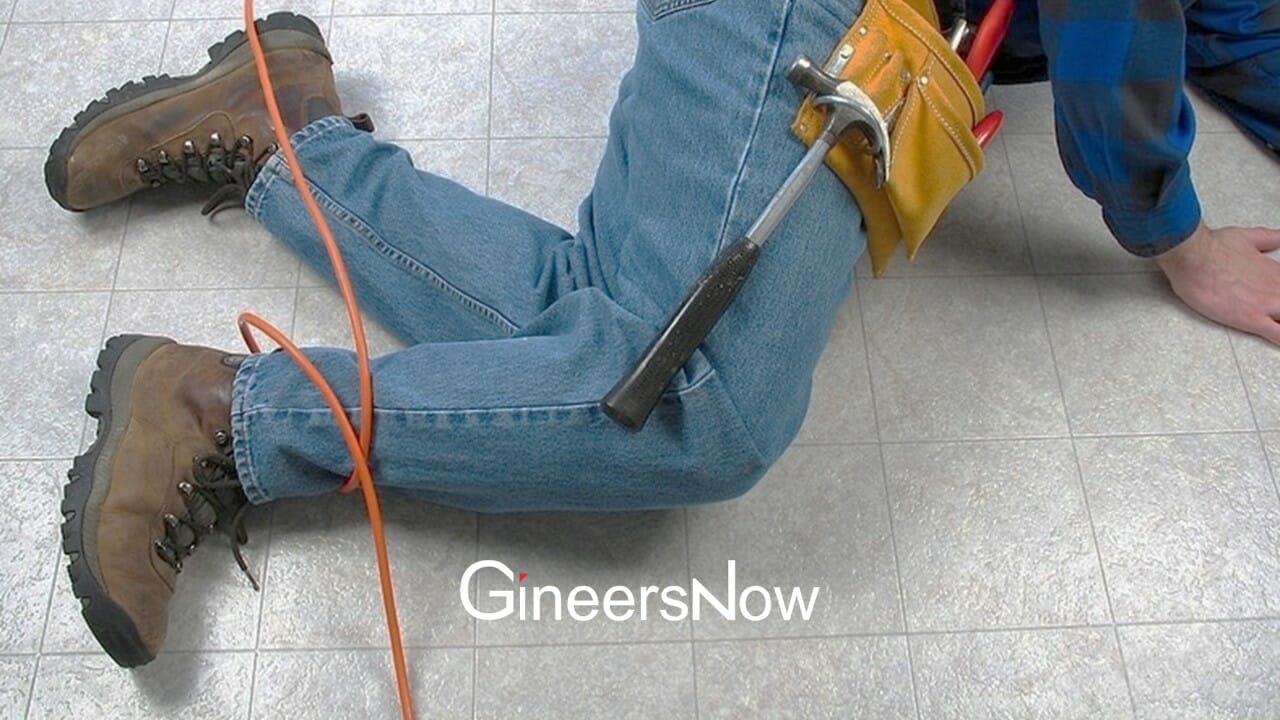Truck Safety & Innovation
Truck driving is considered one of the most dangerous professions in the U.S., with truck driver fatality rates standing at around six times the national average. Sometimes, the problem is poor judgment or recklessness of the driver, but at others, it is because of difficult road conditions or unexpected/unforeseen circumstances.
Engineering and tech are going a long way towards reducing the likelihood of accidents and fatalities, with everything from artificial intelligence to semi-autonomous technology reducing the chance of driver-induced accidents.
These are just a few developments designed to reduce the risk of driving a truck and being on the road with 18-wheelers and other large vehicles.
Driving into the Future
Any 18-wheeler accident lawyer will tell you that these enormous vehicles can be particularly dangerous since the accidents they cause frequently result in serious injuries or fatalities.
In January 2020, self-driving tech company Waymo announced that its fleet of long haul trucks would be equipped with sensors and would contain specific safety features. The latter include technology that keeps trucks at a safe distance from the vehicle in front of them and keeps them driving at a safe speed.
The trucks—to be used on Texas highways to begin mapping three specified Interstates—are autonomous, but for now, they will have a CDL truck safety driver behind the wheel to focus on the system and ensure it is doing its job.
One big benefit of autonomous trucks is that they can drive at any time of the day or night, avoiding rush hour.
Safe Access and Fall Protection
Not all truck-related accidents occur on the road; some occur during loading and unloading. Safety equipment manufacturer Benko Products has designed a brand new, complex truck and railcar loading system with truck safety at its forefront. Their challenge was to replace an existing winched-operated gangway with a truck safety cage.
The new system can be customized to different rails and ladder sizes. The system includes a customized f-foot wide spring-balanced PPG polyurethane painted aluminum safety bridge and a cage that can be personalized to different sized trucks.

Wearable Tech for Weary Drivers
New wearable technology has the potential to significantly reduce the number of accidents caused by drowsy drivers or those who may encounter a health-related event while driving. Wearable tech is already being used to carry out various tasks – monitoring truck driver fatigue, sending notifications when drivers exceed speed limits, alerting drivers when a curve is up ahead, and so on.
Tech of this nature includes everything from smartwatches to wearable headbands containing biometric sensors. Wearable tech is also used to detect health problems via measurements of heart rates, sleep patterns, breathing rates, vital signs, and more. It can detect signs of cardiac problems before a life-threatening event takes place. Wearable tech can also monitor the hours a truck driver is working, letting them know when it is time to take a break.
Telematics Packages for Fleets
Some truck manufacturers such as Volvo Trucks North America are creating telematics packages so as to offer companies bespoke telematics solutions to provide a number of services at once — including fleet management, diagnostics, driver support, and compliance. It provides fleet managers with activity reports, delivery schedules, truck location, and driver performance ratings. Accurate data measurement can also help improve fuel efficiency and reduce operating costs.
To this date, large trucks such as 18-wheelers continue to pose a big problem for driver and passenger safety. New developments seeking to remedy the problem include autonomous/semi-autonomous tech and wearable tech. Telematics packages for fleets are also helpful in terms of reducing costs and improving the overall efficiency of drivers, vehicles, and timetables.
















